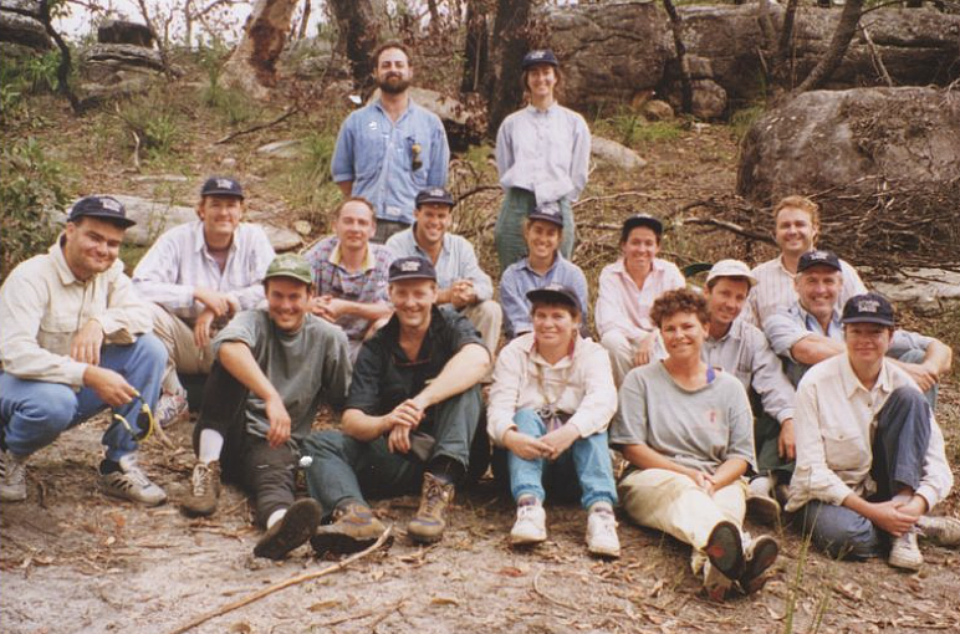
ICDA and BoardPro partnership unlocks digital governance tools for not-for-profits nationwide
Posted on 10 Dec 2025
Adele Stowe-Lindner, Executive Director, Community Directors The Institute of Community Directors…
Posted on 21 Oct 2024
By Greg Thom, journalist, Institute of Community Directors Australia

Australians hit hard by the cost-of-living want action on everything from rising utility and medical costs to more supermarket competition, as well as a wages boost, new research reveals.
The findings are backed up by other recent NFP and charity sector research reports showing Australians are doing it tough in a multitude of areas from rental affordability to food insecurity.
The national survey by the Australia Institute’s Centre for Future Work revealed support for a “multi-dimensional” approach to tackling the economic crisis, rather than the single-minded strategy of the Reserve Bank to use high interest rates to slow inflation.
The majority of those surveyed believe protecting Australians living standards requires addressing both faces of the economic crisis: incomes and the prices people pay for goods and services.

Centre for Future Work senior researcher Lisa Heap said the study Doing it Tough: How Australians are experiencing the cost-of-living crisis is the latest piece of research to confirm that many Australian workers are doing it tough.
“Costs are increasing faster than wages and incomes. Those with less are doing it the toughest,” she said.
The research revealed:
Higher grocery prices were identified by survey respondents as the most visible source of increased cost of living (60%) followed by utilities (21%) and transport (7%).
“The respondents to this survey supported a suite of policy initiatives designed to both reduce the cost of living, and to increase wages and income support,” said Heap.
Nearly two thirds (64%) said it was very important to lower utility costs to reduce cost of living pressures along with increase supermarket competition, while 60% were in favour of lowering medical costs, and 58% want to increase the pace of wages growth.
The report, part of a wider research initiative by the Australia Institute investigating the human toll of the cost-of-living crisis and the impact of austerity on Australian workers, comes hot on the heels of other not-for-profit sector reports also highlighting the impact of tough economic times.
“Costs are increasing faster than wages and incomes. Those with less are doing it the toughest.”
The Anglicare 2024 Rental Affordability Snapshot released last week revealed the ability for many people to secure a roof over their heads has crashed to a record low.
The study found that out of more than 45,000 rental listings across the nation, just 289 premises (0.6%) were affordable for someone earning a full-time minimum wage.
The report also found:

Anglicare released a supplementary report revealing many full-time essential service workers employed full time in hospitality, aged care, emergency services and aged care, were unable to afford rental accommodation.
The report’s findings prompted Anglicare Australia CEO Kasy Chambers to urge the federal Government to return to directly funding and providing housing, rather than leaving it to the private sector. They also called on Canberra to wind back landlord tax concessions.
“It’s been clear for years now that the private rental market is failing people on low incomes. Now it’s clear that it’s also failing our key workers – including those who work full-time,” said Chambers.
“Governments used to provide homes directly to key workers. Now, there isn’t even enough social housing for people at the margins. We need a major investment to turn that around.”
Chambers called on the Government to boost social housing because building homes and hoping affordability would trickle down was simply not working.
She also called for tax reform aimed at putting people in need of homes before property investors,
“Taxpayers should not be funding investors to push up the cost of homes,” Chambers said.
“It has never been more important for Governments to take bold action and ensure everyone has a home.”

The recently released Foodbank Hunger report 2024 revealed almost half of low-income households have faced food insecurity this year – the worst since the onset of the cost-of-living crisis in 2022.
Foodbank CEO Brianna Casey said economically struggling families who were only just getting by, have now reached their limits.
“They are routinely skipping meals, compromising on the quality and nutrition of their food and going without personal care and household products,” she said.
Casey said the nation’s poorest citizens live with the daily anxiety of not knowing where their next meal will come from and are often forced to choose between buying essentials such as food, housing, and utilities.
“This is no longer a crisis of temporary hardship, but a prolonged, systemic issue affecting millions of Australians.”
New research confirms continued cost-of-living pain for struggling Australians

Posted on 10 Dec 2025
Adele Stowe-Lindner, Executive Director, Community Directors The Institute of Community Directors…

Posted on 10 Dec 2025
The Australia Institute has called on the federal government to force Australian businesses to be…

Posted on 10 Dec 2025
Economic empowerment is essential to enabling recovery, restoring agency and preventing future…
Posted on 10 Dec 2025
A long-time advocate for rough sleepers in northern New South Wales has been named her state’s…

Posted on 10 Dec 2025
What a year 2025 has been, particularly at a national level where the Parliament and politics as we…

Posted on 10 Dec 2025
Anyone working in an organisation knows it: meetings follow one after another at a frantic pace. On…

Posted on 10 Dec 2025
As a qualified yoga instructor who learned the practice in her hometown of Mumbai, Ruhee Meghani…

Posted on 10 Dec 2025
Community Directors trainer Jon Staley knows from first-hand experience the cost of ignoring…

Posted on 10 Dec 2025
Stressed, overwhelmed, exhausted… if you’re on a not-for-profit board and these words sound…

Posted on 10 Dec 2025
The Institute of Community Directors Australia trains over 22,000 people each year, which gives us…

Posted on 09 Dec 2025
The late Sir Vincent Fairfax is remembered as a business leader, a chairman of AMP, and an active…

Posted on 08 Dec 2025
A pioneering welfare effort that helps solo mums into self-employment, a First Nations-led impact…